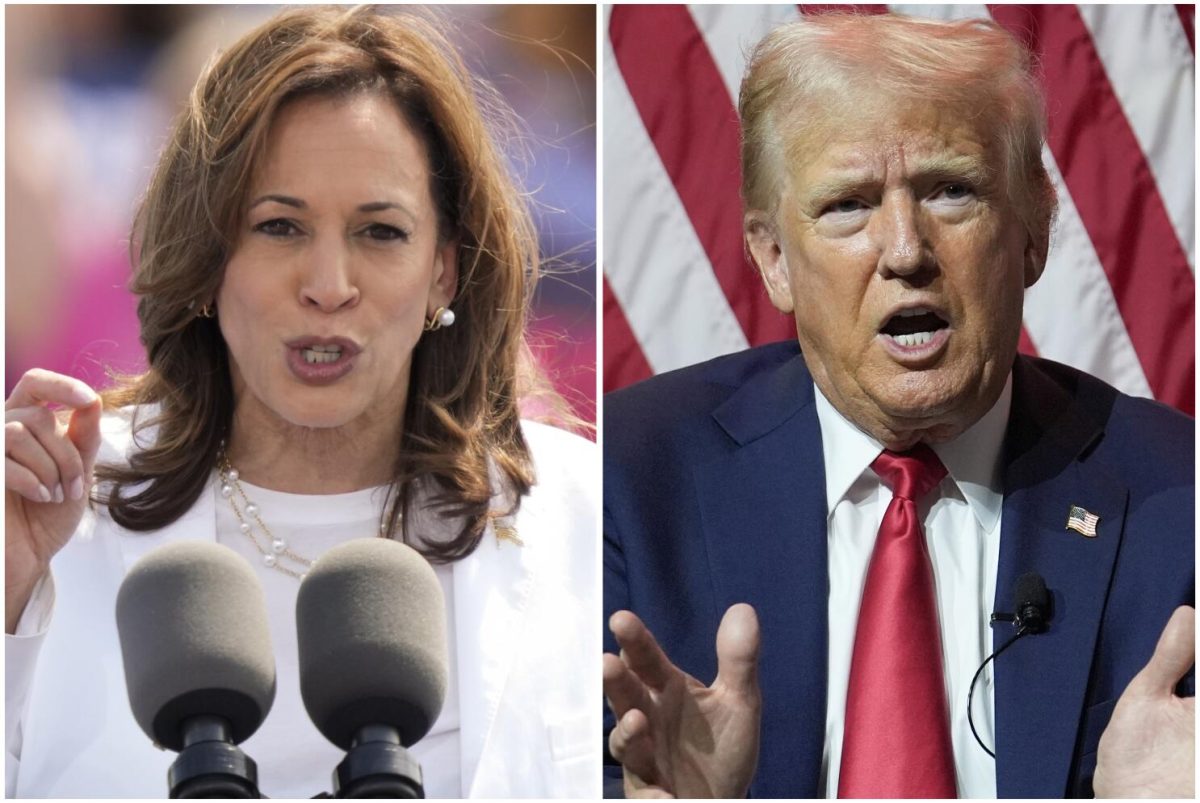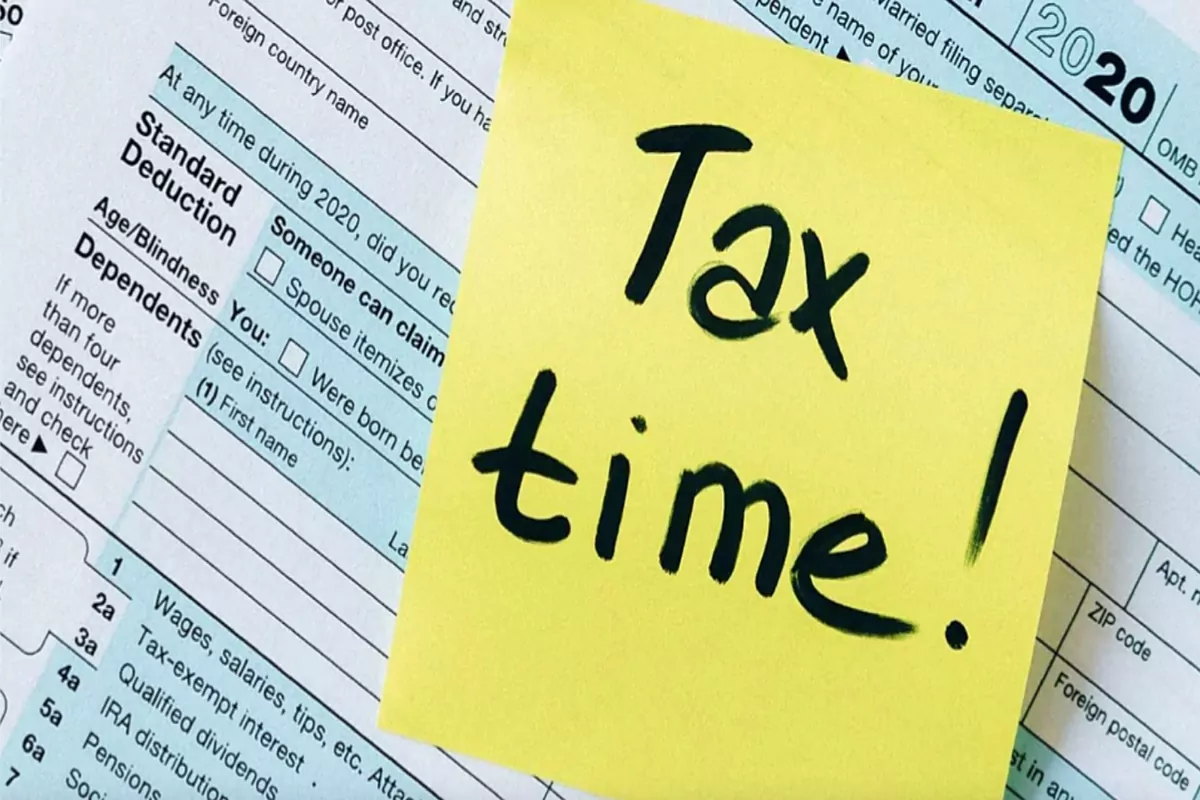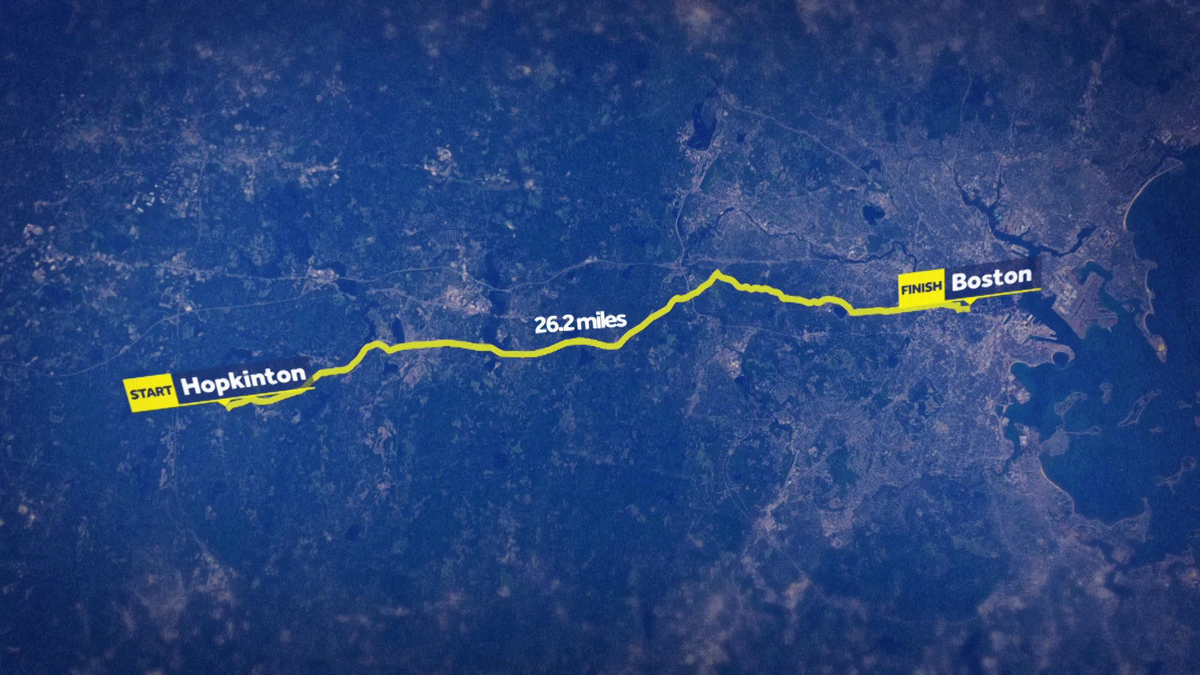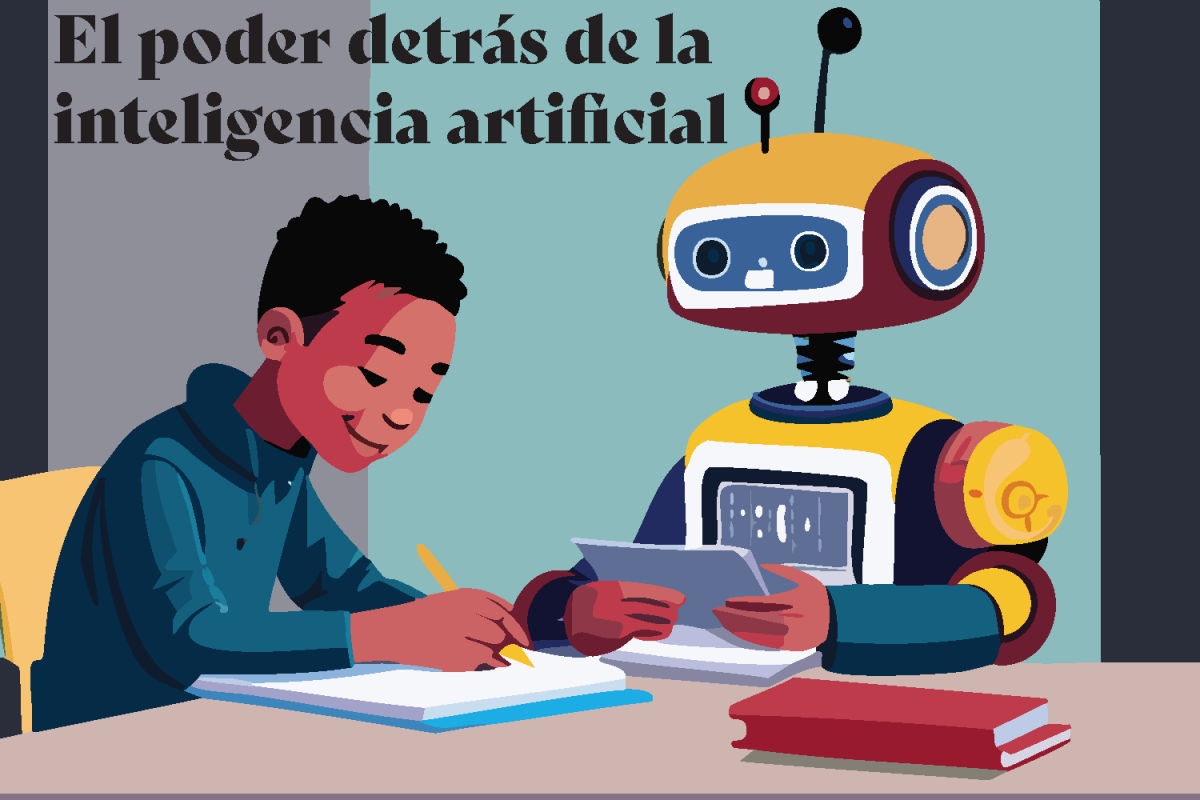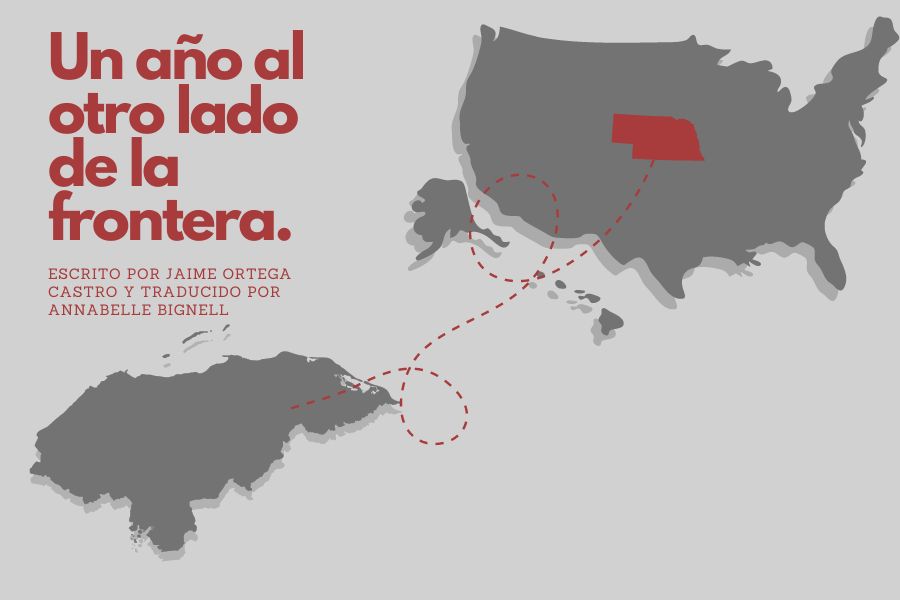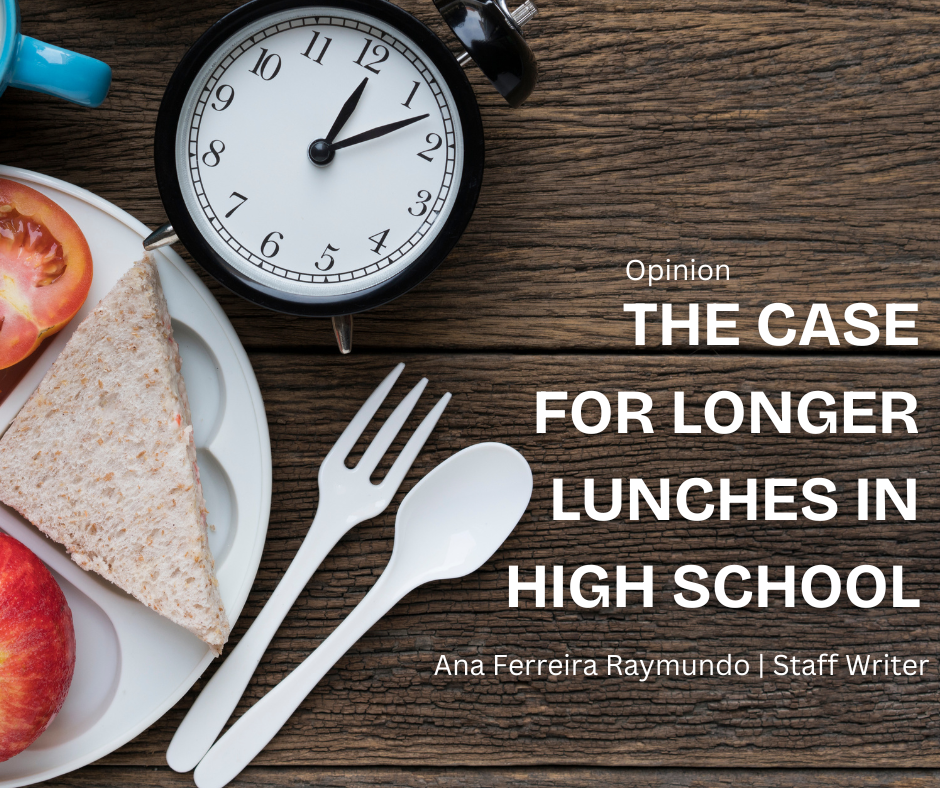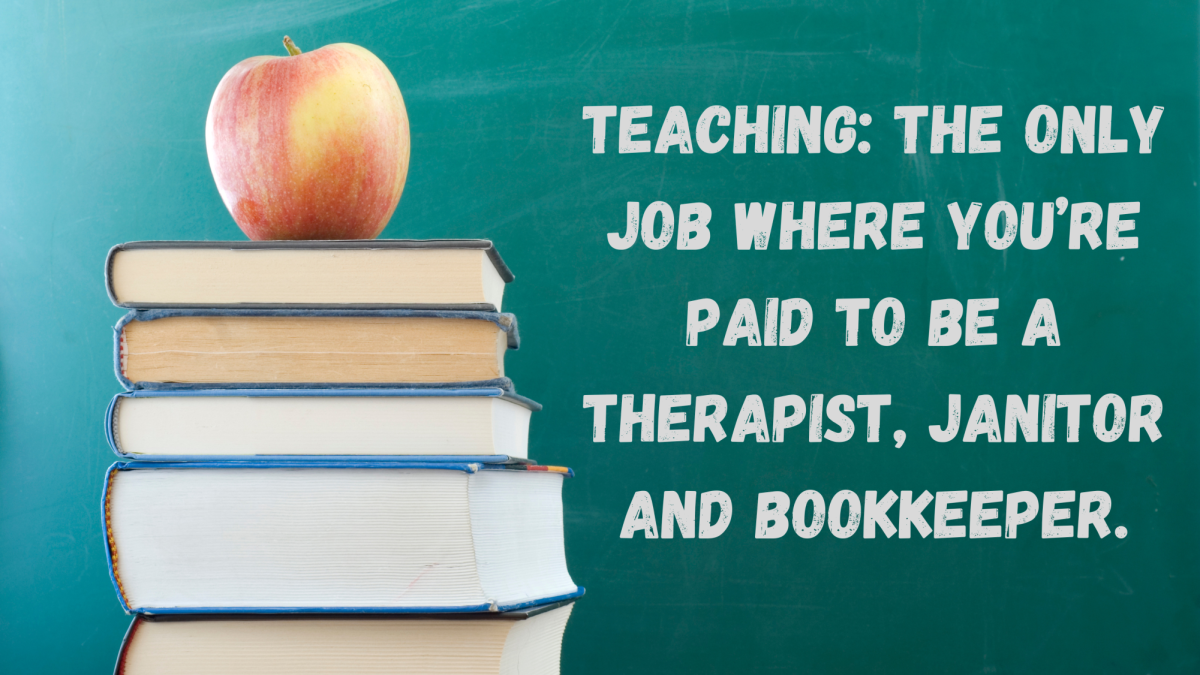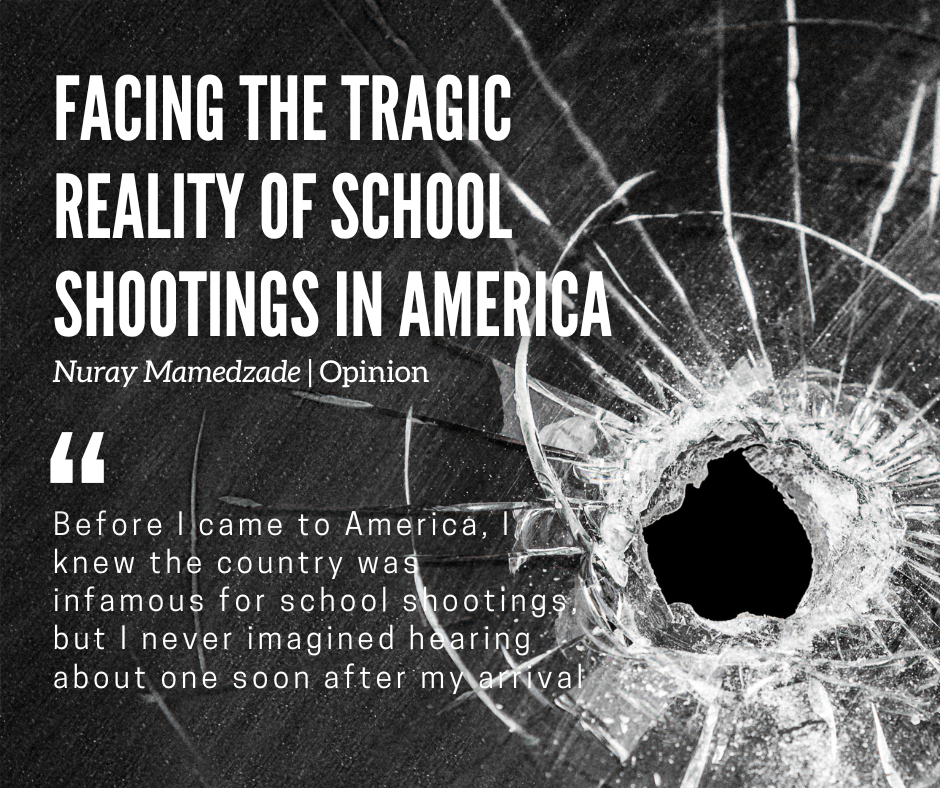Caffeine lovers are everywhere. Whether young or old, many enjoy a hot cup of coffee or an energy drink to start the day. However, due to the scientific and medical community, people are becoming more alert and aware of caffeine’s alarming negative effects.
Many of these loyal caffeine drinkers are waking up to their morning cup of coffee and asking themselves, “Do I actually know what caffeine is?” Caffeine is a chemical found in coffee beans and leaves, tea leaves and guarana berries. Caffeine itself can cause anxiety, increased heart rate, increased blood pressure, insomnia, dehydration, muscle tremors and other symptoms. These are just the body’s immediate responses to caffeine.
Long-term side effects can include tooth and gum decay, kidney problems, gallstones, liver damage, stunted growth of the nervous system and heart issues.
“Caffeine is a drug, just like using marijuana or meth or any of that,” biology teacher Bailie Hansen said. “You’re altering your body.”
According to the Center of Disease Control (CDC), 30 to 50 percent of teens drink energy drinks, even though the recommended amount of caffeine for teens is none. The average amount of caffeine in one 16 ounces. Kickstart energy drink is 92 milligrams.
“They don’t have a limit on it.” Hansen said. “I’ve had kids in my class who have had five Kickstarts sitting at their table, and they’ll drink three of them in an hour and a half. That’s just so terrible for your body.”
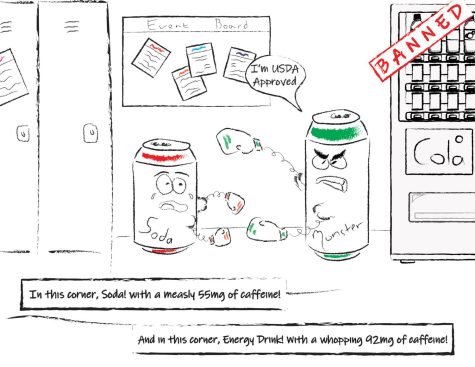
Energy drinks not only have an excess of caffeine, but an excess of sugar. Just one energy drink can contain 54 to 62 grams of sugar. That is over the maximum recommended amount (36 grams) of sugar one should consume in a day.
“Carbohydrates are our energy source,” Hansen said. “We need sugars, yes, but there’s healthier sources to get sugar for energy. You don’t need caffeine for energy,”
According to experts, drinking caffeine in the afternoon is the worst time to drink it; however, this is a common time when many students choose to drink caffeine for a boost of energy during physical activities or after school.
Drinking caffeine increases alertness, but it has never been linked to improving muscle strength, speed or improving atheletic or mental skills. Caffeine can increase muscle tremors and give less control over fine motor skills like writing, using scissors and typing.
Technically caffeine is a dependent drug; drinkers have a hard time quitting. Needing caffeine everyday to stay awake is a clear sign of caffeine dependence. The real truth to caffeine is that it causes sleep problems.
“I don’t sleep at night,” junior Cameryn Hart said. “I need the caffeine to be able to be alert, and Monster just tastes good.”
Dependence isn’t bad just because people stop drinking caffeine, but it’s also bad because it isn’t cost effective. Per 20 oz. can, energy drinks can cost upwards of $4. In most schools, there are vending machines that sell (diet) sodas and energy drinks, which is how many teens start their addiction.
“Capitalism has created such a difference in prices of stuff, but it’s easier to make the crappy food than it is to go out plant something, let it grow and then harvest it,” Hansen said.
Michelle Obama’s Healthy Initiative, released in 2010, limits how much sugar is allowed in the diets of children in public schools. This means that dessert items aren’t always provided during lunch. Instead, schools have switched to having snack bars and selling cookies, chips and sodas. This may limit the amount of sugar in the products that are sold, but it doesn’t educate teens onwhy it’s bad. Many kids also have access to stores outside of school.
“I feel like as a system we’re kind of letting our kids down by giving them that opportunity to drink all that excess caffeine and drink extra sugar that they don’t need,” Hansen said. “We’re basically enabling them. We’re not stopping them from doing any of it, by any means.”
Kids who know the effects of caffeine drinks them because of their taste. Those who don’t know the effects are misled into thinking energy drinks can provide a boost in strength. Artificial flavors make energy drinks taste appealing, which encourages students to drink more.
“I think it’s a mix of not knowing and not caring, even if they do know,” Hansen said.
Kids often drink energy drinks because it’s what friends and adults in their lives do. While parents are known to discourage energy drinks, many still enjoy coffee.
“I know a lot of adults who drink Red Bulls when they work late,” Hart said. “I drink them quite frequently, but if it were my child drinking them, I would probably say something. I wouldn’t let them drink the amount of Monsters I drink.”
Despite what people may think, coffee isn’t much better than energy drinks. One cup of coffee can contain 95 milligrams of caffeine, and one shot of espresso can hold over 64 milligrams of caffeine. Amount of sugar may vary, but Starbucks and Scooters both have excessive amounts of sugar in their drinks. A pumpkin spice latte at Starbucks has 50 grams of sugar. A medium Scooter’s Caramelicious has 63 grams of sugar.
“Coffee is just as bad,” Hansen said. “There’s less sugar in coffee, generally. I mean, when you think about a lot of Starbucks’ drinks, they have a ton of sugar.”
Is there a solution to this caffeine-dependent world? Drinking water seems like it would be a logical solution, but many students have a difficult time switching to non-caffeinated drinks available on school grounds.
“Eventually I’ll stop drinking the amount of energy drinks I do,” Hart said. “I know I won’t stop completely; I’ll probably have one [Monster] a week,” Hart said.
People make unhealthy choices everyday, and one cup of coffee will not kill anyone. Students should not be afraid of caffeine, but they should at least be aware of their caffeine intake and possible consequences.


